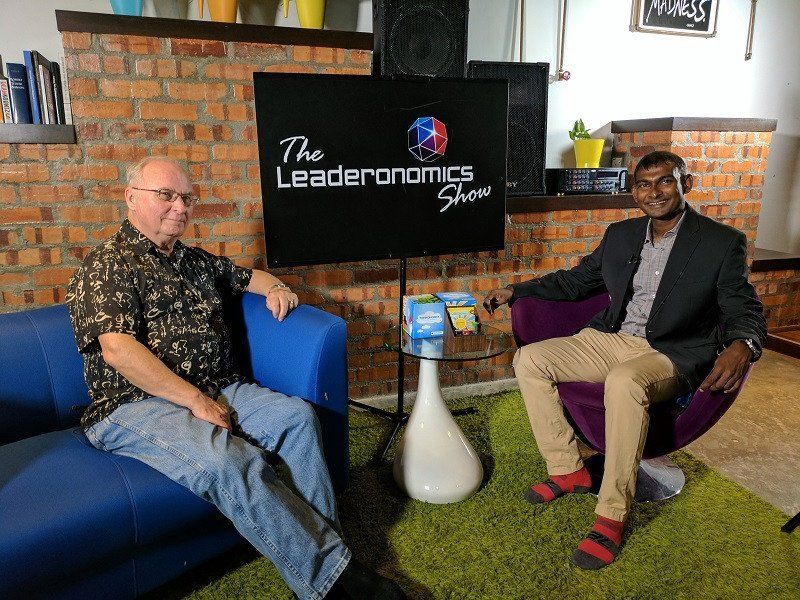How To ‘Ripple’ Your Leadership

As a leader tasked with seizing new ground and improving an organisation’s performance, do you start with the systems, the
people, or yourself?
Quick, find a mirror!
According to leadership expert, Chris Hutchinson, leaders cannot be effective if they don’t understand their own values, envision their personal futures, and recognise their unique strengths and weaknesses.
In his book, Ripple: A Field Manual for Leadership That Works, Hutchinson demonstrates that true leadership is like skipping stones in a pond.
With an engaging conversational tone and fun, whiteboard-style sketches, he teaches that the secret to leadership is that the power isn’t in the stone. It’s in the ripples.
And stone-throwers simply can’t set robust, long-lasting ripples in motion if they’re not starting from a place of self-alignment. To get into alignment Hutchinson recommends three steps:
1) Decide what matters most
Leaders who consciously and explicitly state their own values lead from a place of clarity and empathy.
On the other hand, leaders who direct without such self-awareness tend to be defensive and
oblivious to others’ motivations and values.
To reveal what matters most to you, write down your top 10 values. Now underline the top three.
Finally, write out your understanding of how you are living (or not) those three values, including in your role as organisational leader. Adjust your course as necessary.
2) Chart your own course
According to Hutchinson, the clarity of the end goal increases the clarity of the actions needed to achieve it. And nowhere is that more true than for leaders’ personal visions for their own lives.
In his workshops, Hutchinson takes participants through a guided visualisation. He tells them to close their eyes and picture their own memorial services three years from now.
Then he asks: Who’s attending the service? What do you want those people to remember and say about you? What do you want those people to carry on as your legacy?
Now ask yourself: “How do I get from my reality of today to my hoped-for future?” Start taking daily steps to get there.
3) Know where you’re awesome
Are you often surprised or disappointed when others in your organisation can’t do (or see) the things you do? This is a sign that you don’t know your own strengths, says Hutchinson.
“When people unthinkingly see the abilities that come easily to them as not important or valuable, they are not recognising — or even discrediting — their own strengths,” he writes.
Kevin is a New York Times best-selling author, keynote speaker, and leadership expert. To connect with him, email editor@leaderonomics.com
Reposted with permission.
Leadership
This article is published by the editors of Leaderonomics.com with the consent of the guest author.





